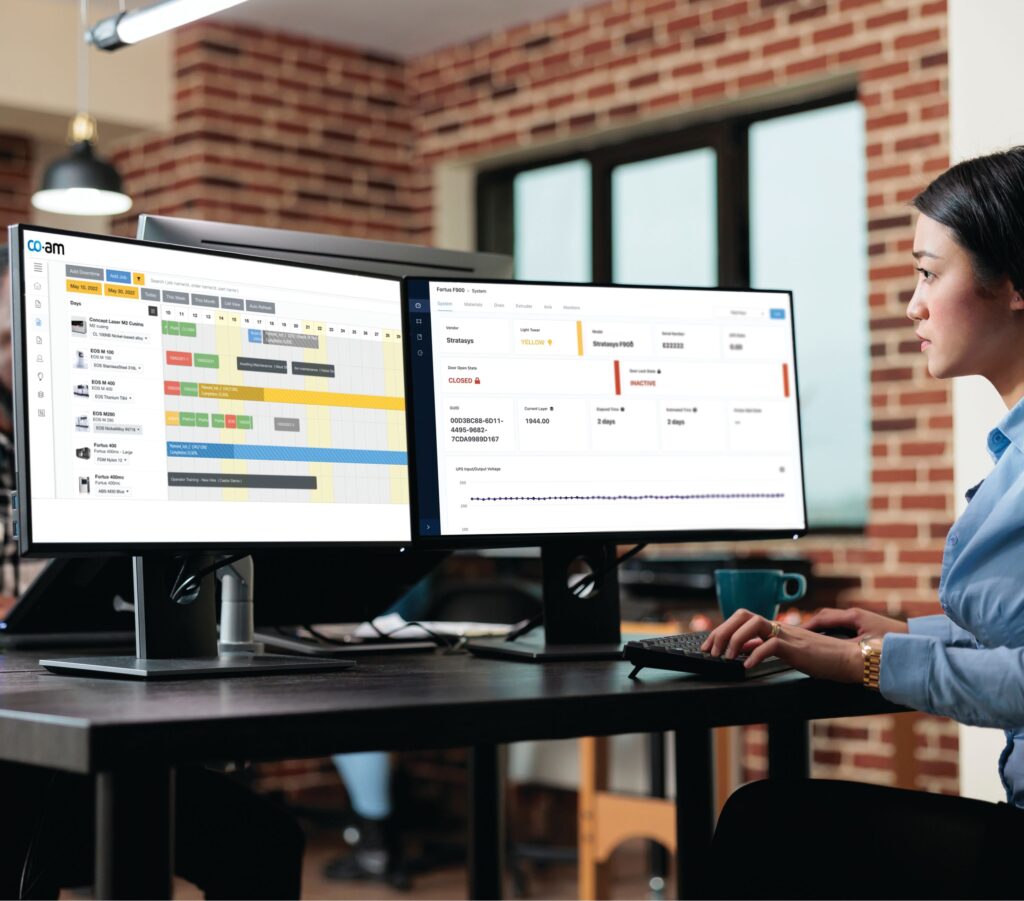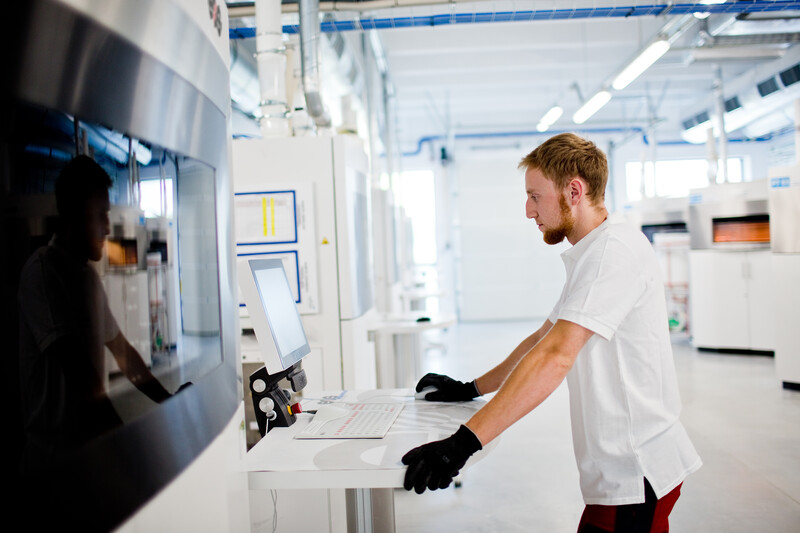Despite being a relatively new technology, 3D printing is being adopted in more and more industries, often in parallel with conventional manufacturing, breaking down barriers between the two that once seemed so high. The reasons behind this are clear. From the COVID crisis and geopolitical tensions to giant container ships creating bottlenecks in one of the most important trade routes of the global economy, supply chain disruptions have changed how manufacturers look at their production.
In recent years, it has become necessary to revolutionize the way parts are made, and embracing smart, digital manufacturing technologies, such as 3D printing, presents a clear solution by manufacturing products at sites closer to customers. What initially was seen as a temporary shift towards the adoption of 3D printing has now become a long-term strategy for manufacturers operating in a variety of industries, from aerospace, to automotive, from consumer goods to medical devices. Companies are now turning to 3D printing for large scale production, and as a go-to technology for end-use parts and for mass-customization.
This increasing collaboration between additive and traditional manufacturing technologies has created the need for a unified software environment.
Today, the benefits of software for 3D printing are known to many. It is capable of optimizing all aspects of the printing process, from design editing, to build preparation and post processing. However, these steps are not standard, stand-alone processes. They need to function together, in a well-oiled automated workflow to make sure that companies can efficiently achieve the repeatability and the customization they need in order to print at a large scale across distributed factories while scaling up production. As an industry, we’ve answered the question of “why 3D printing?” Now, we need to address a new question: “how can manufacturers make this work?”
This is where end-to-end software platforms come into play, allowing companies to define and manage their unique 3D printing workflows, from order intake to delivery, from data and build preparation to quality management. All of this can be possible with centralized data and strong communication, ensuring better collaboration among users, suppliers and factories floors.
Data and collaboration are the cornerstones around which the entire digital distributed production environment revolves. Data that needs to be secured in order to make sure that the design is safe while being transferred among suppliers and contractors. Data that needs to be consistent, accurate and reliable in order to enable a smart, digital manufacturing ecosystem.
And while internal collaboration is vital to ensure efficiency in the whole printing process, of equal importance is the collaboration among the different players in the 3D printing industry. Co-developing solutions with the other professionals gives users more control over their manufacturing process, and overall, gives them peace of mind, knowing that everything is possible with the right 3D printing software platform.
“With great power comes great responsibility.” The 3D printing industry’s responsibility is now to focus on unified software solutions that enable a shift toward smart, distributed digital manufacturing, to reduce overall costs and to enable companies to scale production and empower their industries in a more sustainable way.
Materialise is participating at Additive Manufacturing Strategies, taking place in New York City from February 7-9, 2023. Nora Toure, Director of Enterprise Sales in North America for Materialise and Founder & Chairwoman of the Board of Women in 3D Printing, will be taking part in Session 2, Panel 2: Workflow and Software for AM on February 9. Register for your ticket to attend here.
Subscribe to Our Email Newsletter
Stay up-to-date on all the latest news from the 3D printing industry and receive information and offers from third party vendors.
You May Also Like
3D Printing Unpeeled: New Arkema Material for HP, Saddle and Macro MEMS
A new Arkema material for MJF is said to reduce costs per part by up to 25% and have an 85% reusability ratio. HP 3D HR PA 12 S has been...
3D Printing News Briefs, January 20, 2024: FDM, LPBF, Underwater 3D Printer, Racing, & More
We’re starting off with a process certification in today’s 3D Printing News Briefs, and then moving on to research about solute trapping, laser powder bed fusion, and then moving on...
3D Printing Webinar and Event Roundup: December 3, 2023
We’ve got plenty of events and webinars coming up for you this week! Quickparts is having a Manufacturing Roadshow, America Makes is holding a Member Town Hall, Stratafest makes two...
Formnext 2023 Day Three: Slam Dunk
I’m high—high on trade show. I’ve met numerous new faces and reconnected with old friends, creating an absolutely wonderful atmosphere. The excitement is palpable over several emerging developments. The high...

































